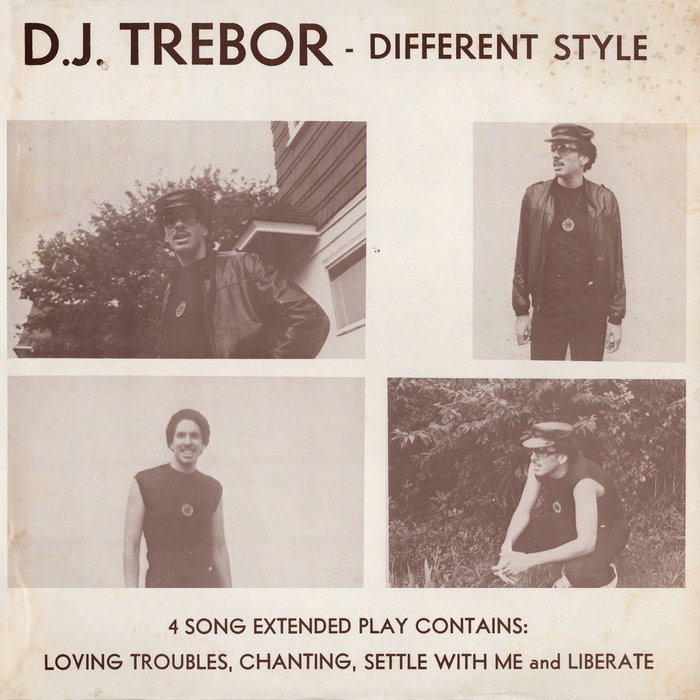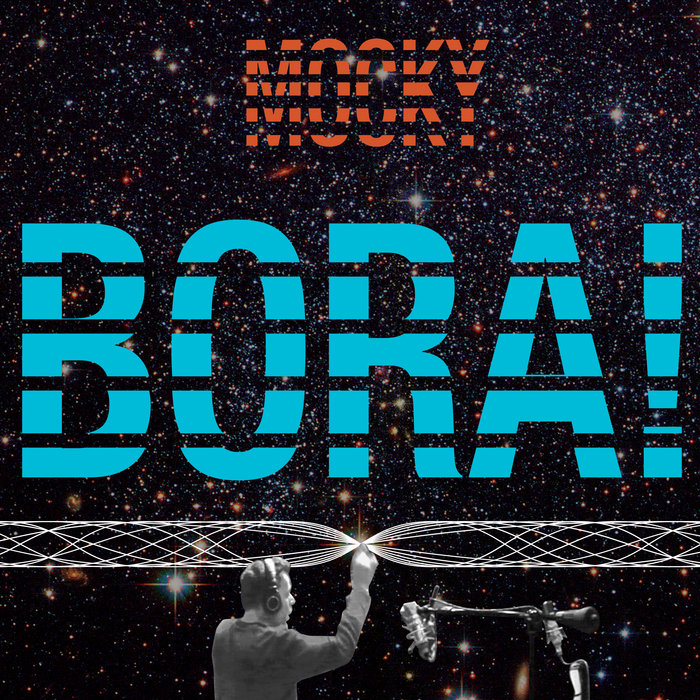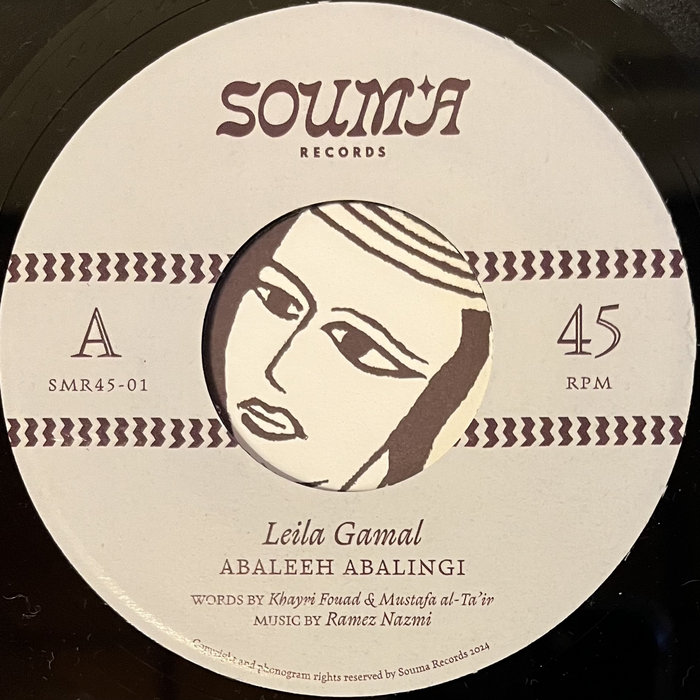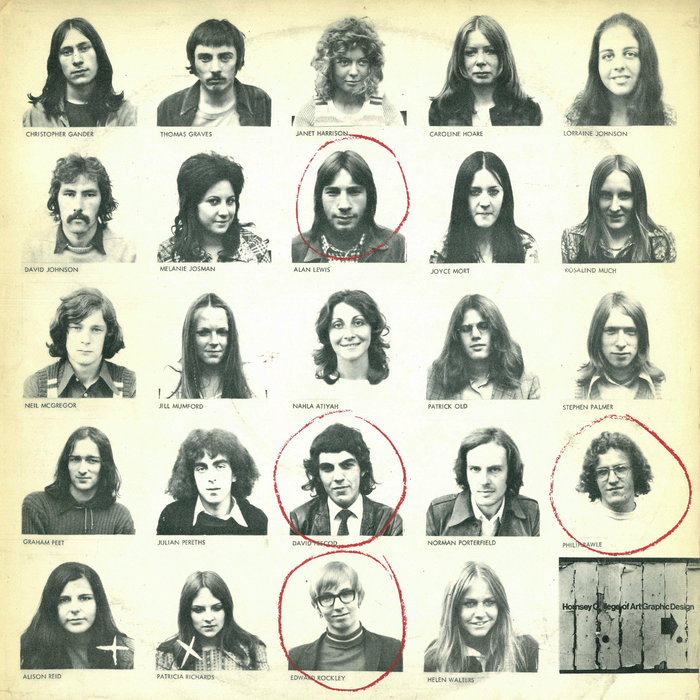
Settle With Me – DJ Trebor
this blog is GROOVY – check out great Soul, Funk, Jazz, Hip Hop, Bass, Breaks , Reggae, House n many more TUNES
Jazz! Just saying the word can make you feel a certain rhythm, huh? This splendid genre has a rich history that’s as colorful as the notes it plays. Buckle up, because we’re about to take a funky ride through the streets of jazz—its roots, legends, and some hilarious moments along the way.
Our jazzy journey kicks off in New Orleans, Louisiana, around the late 19th century. Imagine African rhythms blending with European harmonies and blues from the Mississippi Delta—all swirling together like a gumbo pot on boil. It was here that jazz first danced onto the scene.
One key player in this delightful mix was Congo Square, where free Black folks gathered on weekends to express themselves through music and dance. You could hear everything from traditional African drumming to spirituals and even ragtime—a style that would set jazz afire.
Speaking of fire—did you know that Louis Armstrong once played for an audience by banging pots and pans as part of his early street performances? Talk about making music out of anything!
The 1920s ushered in what we call the “Jazz Age.” It was wild! Speakeasies popped up everywhere during Prohibition (that’s when booze was illegal), serving gin alongside hot new tunes. People wanted to dance—and so they did! Enter Duke Ellington and Bessie Smith, who were royalty at these joints.
Did you know Bessie Smith had such an impressive voice she once sang her heart out on stage while literally being chased by her angry husband? Yep! Now that’s dedication—or maybe just dodging trouble!
Fast forward to the 1930s-40s—the era of big bands! Orchestras filled with talented musicians ruled clubs across America. We got our cool cats like Count Basie and Glenn Miller leading their troops into musical battles every night.
Musicians often performed until dawn—it wasn’t uncommon for bandleaders to take their crew straight from one gig to another without missing a beat (or meal). Count Basie said he sometimes didn’t even want breakfast; instead, he’d grab his saxophone like it was toast!
It’s rumored some musicians used sleep deprivation as part of their creative process—imagine trying to sound smooth after all-night jam sessions fueled by coffee alone!
As we twirled into the ’40s, things got spicy again with bebop—think fast tempos and complex chord changes brought forth by geniuses like Charlie Parker and Dizzy Gillespie. These cats wanted more than just dancing; they craved artistic expression.
Here’s something funny: Dizzy Gillespie famously blew his trumpet so hard that his cheeks puffed out like balloons! He embraced it like nobody else; he became known not only for his crazy horn skills but also his unique look—a true pioneer redefining “cool.”
Jumping into the ’60s-70s brought us free jazz—a movement breaking all barriers established before it. Musicians explored sounds unrestricted by traditional forms or structures. Legends like John Coltrane pushed boundaries further than ever thought possible.
And then came fusion—a groovy blend combining rock elements with jazz sophistication featuring icons such as Weather Report and Miles Davis. Man oh man! We couldn’t help but shake our heads at how different yet connected everything felt.
Miles Davis was known for being quite eccentric—but did you hear about how he once showed up wearing fuzzy slippers at an important concert? When asked why he didn’t dress more formally, Miles shrugged casually—it wasn’t about looking fancy; it was all about feeling good while playing those sweet tunes!
Today’s scene keeps evolving—we’ve got smooth jazz smoothing things over (thanks Kenny G!), acid jazz mixing hip-hop beats into old classics thanks artists Tongue-in-cheek innovative acts flying high internationally share amazing jams daily via social media platforms worldwide !
Jazz isn’t going anywhere anytime soon—it transcends cultures genres time zones memory lanes—you name it !
So there ya have it—the funky tale woven together through years laden with laughter struggles breakthroughs surprises woven forever amongst clarinets trumpets pianos drums soulful voices serenading life itself !
From its birth in vibrant New Orleans streets till now where everyone grooves globally -it continues pulsating remind us joy found nothing less providing endless possibilities exploring new uncharted territories reach cadences untold each listen deserves “applause” echoing world over carrying dreams fueling passion each note struck hands play .
Next time someone mentions getting lost within realm remember every swing note has story waiting unfold laugh resonate vibe keep alive below surface gleeful heart beats every April harsh winter chill breeze passing breeze beckoning warmth exclaiming let groove begin anew…

Settle With Me – DJ Trebor

Prince Lincoln & Royal Rasses – Love The Way It Should Be (Humanity) – OneLuvFM Productions

Lebanese Blonde (Hiphoppapotamus Remix) – Thievery Corporation – DJ Hiphoppapotamus

Walk Spirit Talk Spirit – Muriel Grossmann

DULL – Turnstile

WTF – Cosmo Klein

Bora! – Mocky

New Moon – Azamiah

Abaleeh Abalingi – Leila Gamal

Grass is Grass – Bowes Road Band